Poly Flex Group Pty Ltd is an Australian company and since commencing in 1981 we have continued to expand both in product range and areas of export. Poly Flex manufactures Engine Mounting Systems, Flexible Disc Couplings & Steel Shaft Couplings which are available with DNV Type Approval.

Det Norske Veritas (DNV) is a Norwegian based classification society, a respected leader of manufacturing procedures and standards that is accepted by class approval societies and approving bodies worldwide.
Our History
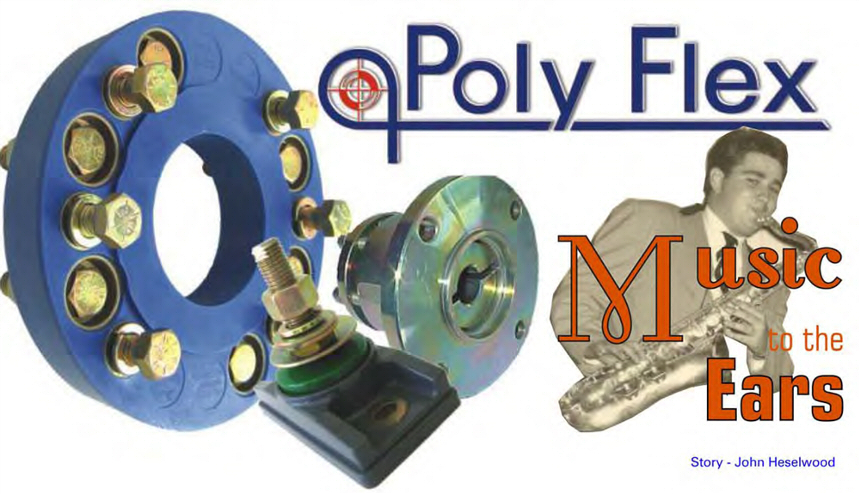
Many say that a successful company is like music to the ear, but in the case of Brian Gagen it was music to the ear that has made his company the success it is today.
Brian Gagen is Managing Director of Brisbane based Poly Flex, manufacturers of a large range of anti-vibration engine mounting systems and couplings for the marine, industrial, agricultural, mining and power generation industries. Brian was also a household name in the hay days of rock-n-roll back in the 50’s and 60’s. He is an accomplished woodwind musician, especially as a saxophonist.
Brian’s first band, the Rhythm Rockers, started playing at the Osborne Hotel in Sandgate when he was in his mid-teens. He was invited to try out for the Hucklebucks, a band of the rock-n-roll era and spent a couple of years with them. Following the breakup of the Hucklebucks, he along with former members formed a group called the Planets. The bands were regulars on the Saturday night TV shows of the time.
It was Brian’s ear for music that has helped Poly Flex become a well recognised name when it comes to vibration dampening. The tones of many instruments are produced by vibrations and tuning these instruments is done by varying the vibrations. Resonance is very important in the physics of music. Whenever the vibrations of one object cause a second object to start vibrating, the second object is said to be resonating with the first, and its vibrations can be called sympathetic vibrations. The largest, most obvious part of the instrument – the bell of a saxophone for example, is just the main resonator, and this resonating part of the instrument determines, or helps to determine, sound including tone quality, timbre, and dynamic capabilities.
But it wasn’t Brian’s musical ear that was the catalyst for starting Poly Flex, it was the need to manufacture something that was not available to complete a task.
“I started the business in 1981 when I was building a boat and needed a coupling” Brain said. “There was not a suitable one available so I made one”.
The guy from the company who he bought the engine from saw what he had made and asked if he could do the same for them. “He wanted ten of them. So I quoted him a price and he said yes. From there, the engine company appointed a distributor in Queensland and they ordered some more for a different model as well as the ones I sold originally”.
Brian was not involved in the marine industry at the time, but his experience with plastics goes back to the late sixties early seventies. “I was heavily involved in moulded plastics, welded plastics and all sorts of things for companies such as the CSIRO, National Bank, and Max Factor, so making the coupling was nothing exotic because I had the ability to do it” he said.
Brian sold his interest in that business in 1973 and went away from plastics, but really not that far away. “As the opportunities came with the businesses that I was involved in and we needed to build certain things, I would say, why do it in metal when you can do it in plastics? When you make something from a mould in plastic or polymer which it actually is, it is endlessly repeatable.”
In 1981, he started Poly Flex with his first product being the coupling, and then in 1983 introduced a range of engine mounts which they still manufacture today. “The technology of engines today is entirely different from back then” Brian explains. “A massive engine then that would put out 105hp now puts out 800hp – there has been that much change. So we have had to modify our product over those years because as the mass that produces that horsepower changes, so does the vibration, so we had to change to compensate for change. We had new models coming on line which kept increasing and increasing”.
Poly Flex now has over 1700 models capable of carrying weights from as little as 2kg up to over 2000kg per mount, and a range of couplings to suit a large range of gearboxes, not only used in the marine industry, but many others as well.
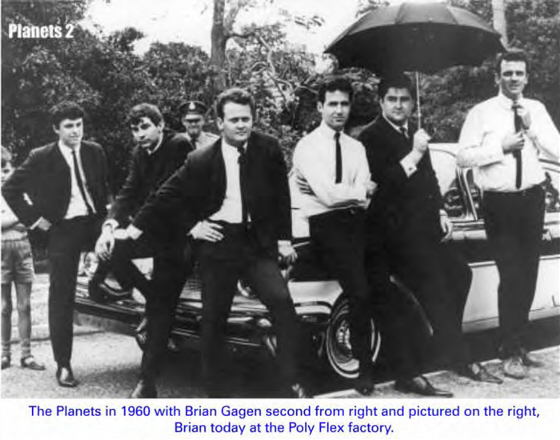
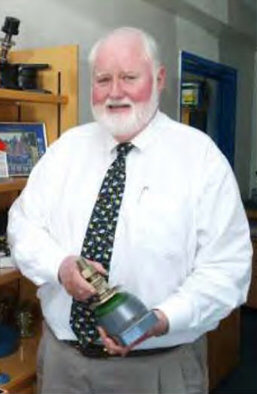
At the end of 1989, Poly Flex developed more new products like a flush base engine mount unit that gives a very stable platform that allowed them to do a variety of things with vibration dampening.
They have since developed more anti-vibration products including a hull to deck joining system and a resilient deck support system. This new system provides a means of supporting and tuning the deck structure to reduce the effects of vibration harmonics – something applied from the principles of tuning musical instruments.
“As boats have become lighter but still very strong, they are very much like drums and they act like a musical drum” Brian explains. “They vibrate and while the engine is lighter and less mass, the vibration level is actually increased”.
Poly Flex is only small on the world scale, but they are a specialist company. When he first started out, Brian used outside suppliers but found that when he desperately needed them to do something, they were too busy or it was too hard.
“Because we are small we can virtually hand make everything at our Queensland factory “Brian said. “We make everything from the moulds to the blending of the materials to the assembly to the testing to the steel componentry – everything is made in-house. This way I can control our standard of products”.
Their two facilities in Clontarf on Brisbane’s northern bayside are now far too small but they are expanding. “We are installing a big new oven that will quadruple our capacity in that area. We use CNC lathes and mills and will also have new ones coming on line. We have new programming for our tool shop where we make our patterns and moulds which allow us to put a block of material in the mill, program it, switch the light off and go home. It is all finished when you return the next morning”.
Brian says a lot of the big companies are using products that were invented in 1937 and have just kept pumping them out. The benefit he says is the fact that a lot of spare parts are sold because of the old technology. “We go in and look at a problem and sell them a product that is virtually the next level of technology. A lot of the products that are being marketed today are being made in places like Thailand, Mexico and Turkey because they are cheap and they are being finished in various other places because of subsidies and rebates and various other incentives”.
Brian recognised the benefits of becoming involved in export very early in the piece when a New Zealand company, who had a base in Queensland where they used Poly Flex products, started using them in New Zealand as well. “A New Zealand distributor then saw the product and approached me wanting to be my distributor. That was in 1983 and the start of our exporting”.
In 1983, Poly Flex gained survey for their products in all Australian states and then set about obtaining international certification to give them independence overseas as the demand for survey certified product increased. “We targeted DNV because it is recognised worldwide. We had to put in place a test facility and a development program to allow us to retain that certification which was a very very expensive investment”.
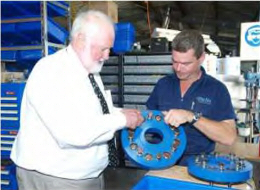
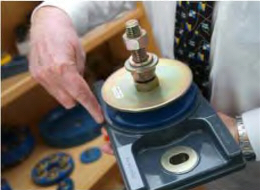
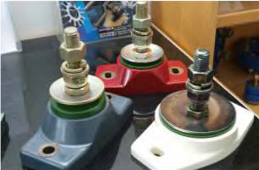
They also gained approval for the defence through the DMO (Defence Material Office) which means Poly Flex are recognised as a defence supplier. “Quite often we get a defence order for up to 800 mounts and for us that is a good production run. For the large overseas corporations, that order could not even be considered because of their overhead costs” Brian said.
Poly Flex supply the defence with moulded product for generators, bridge building boats and whole range of other applications. They have manufactured parts for the Thai navy, Hong Kong water police, Port of Singapore Authority and a range of other international bodies.
They also do thousands of components for the transport industry – because as Brian says, when you have a moulding division that is moulding a product that meets defence standards, you have already got a certain leverage to expand it into other industries.
W”e do prison door stops – every new prison in Australasia has one of our door stops. The new Magistrate’s Court here in Brisbane has one of our door stops at every door” Brian proudly boasts.
When companies approach Poly Flex with a problem with engine vibration, they often give them a set of mounts to try on one engine and tell them that if they don’t work, send them back at no cost to them, but nearly without exception, they order another set for the other engine.
Since going into the US through their distributor warehouse based in Vancouver, they have been approached by some of the largest boat builders in the world, such as Viking, Hatteras. Bertram, Sea Ray and Sealine to design systems for them.
“We have recently developed the VY series for Viking Yachts who wanted a particular bolt-in arrangement – there was no modification to the actual product other than the base section being changed. They have committed for all their large engines – engines of 1800hp – the whole Viking range have engines sitting on our mounting system”.
“It is the same with Hatteras – they started with the 1800hp engine and we are working backwards, we are now being approached to look after from nine litre up to 34 litre. They figure that if we can fix up the worst one and the biggest one, we can fix up the smaller ones easier”.
Brian says that one good thing for them with the American downturn is the fact that it has taken a little bit of the edge off the boating market. “If it hadn’t, it would have swamped us. It would have been a problem for us if we were not able to keep up with supply. But that downturn has allowed us to expand our facilities without affecting our ability to supply”.
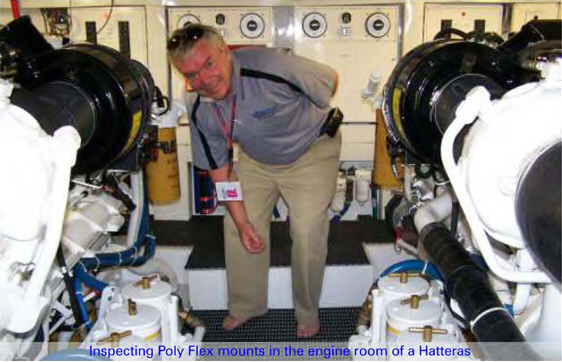

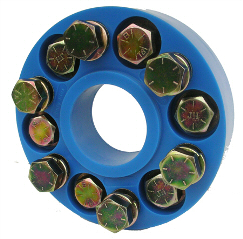
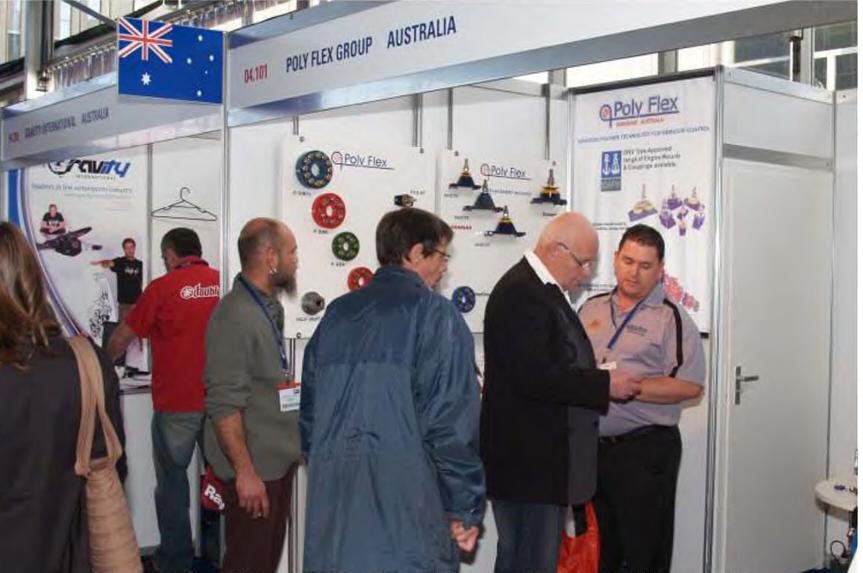
The Australian market is the hardest market says Brian, and one reason for this is they accept that the engines come as a package, so you can’t change anything. “In fact you can. The builders in the US and the UK, Europe and the Middle East do more than the Australian builders do”.
Poly Flex do supply a lot of the boat builders here in Australia. “Riviera uses our systems on the Cummins engines. We don’t supply Riviera direct, we supply Cummins and Riviera specify our mount system from Cummins”.
Brian says they get a lot of after market inquires which would account for about half of their business – not only in Australia but all over the world. “We will have an Australian boat that goes to Florida and we will send mounts over there for the existing mounts to be changed to ours. It is good for us but an expensive way of doing things. A lot of our mounts fit into the same hole the original ones do. The reason we have gone down that track is that in Australia we can’t reinvent the wheel, we can’t dictate the bolt centres and the industry standard that is already in place, so we build our products to be in the confines of that industry standard”.
The biggest competitor to Poly Flex says Brian is the imports. “After 27 years I have given up trying to complain about subsidies. My European competitors are bringing in products that before they actually sell, have received subsidies assistant packages and export rebates to a tune of a 105 per cent of the value of the product”.

